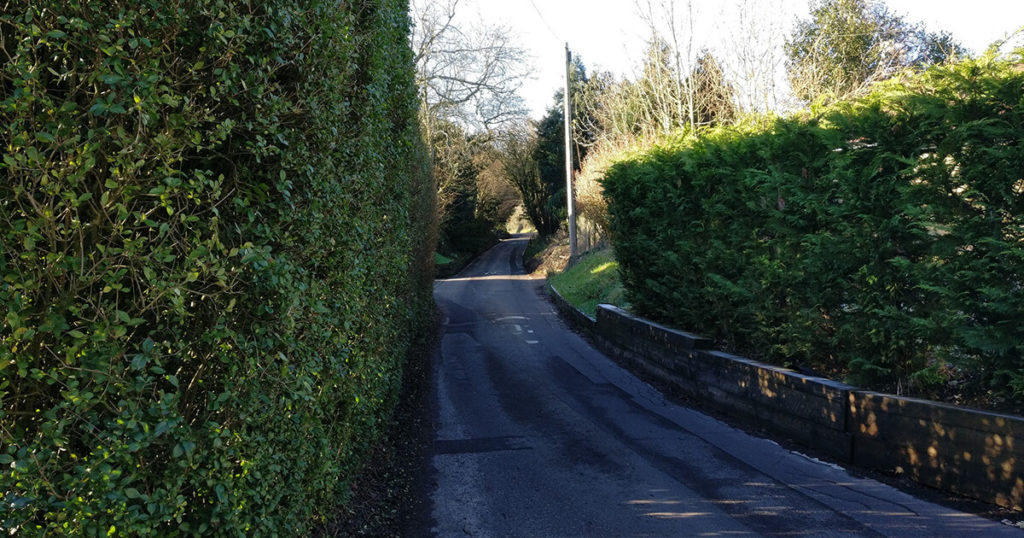
One morning this past month I witnessed a hit-and-run on the highway near my home. The culprit I hardly saw and couldn’t even say if it was a man or woman, zipping along at 60 kilometers per hour. Nor could I say whether the car, a perfectly normal car for Spain, compact but not tiny, was a Seat Ibiza or Peugeot 206 or something else. It was silver, one of the four principal car colors, along with red, black, and white. It hadn’t slowed before impact and didn’t slow afterwards, but from the walking path alongside the road I had seen the possibility of a collision, watched anxiously, and then berated myself afterward for not having waved my arms, or yelled, or hopped up and down—anything to draw the attention of the driver and slow his progress or to startle the victim, who stood in the middle of the road, back to the approaching car, apparently oblivious.
I’d half believed the victim would escape with a hop and skip. I’ve often seen it, though I always caution a driver if I’m in the car, or slow down if I’m behind the wheel. Such a last-minute save would be no miracle, for this was a bird, and birds can react quickly. This one seemed so completely unaware of the danger that its unconcern looked like an act of chutzpah, to be followed by another act, of extraordinary dexterity. The car bore down; the bird didn’t move.
Then, the car almost upon it, the bird rose, but too late. Flying off to the side, it was struck by the fender and rolled through the air, head-over-claws, dropping into the other lane. It all happened in an instant. The bird was a tangle of feathers and wings. The car was already gone. No others were in sight.
The bird righted itself and half flew, half flopped toward the far side, getting its head up and wings in. It’ll be okay, I thought. But then I saw that one wing hung down.
I followed it, and because it wasn’t safe there, I picked it up, a bird in the hand now, presumably worth two in the bush. That should make it twice as important, twice as valuable, twice as full of life, twice as beautiful. The Spanish saying is similar to ours in English, though a bird in the hand is compared not to two in a bush but to 100 flying: más vale pájaro en mano que ciento volando. Think of it: to be one little captive and be worth 100 on the wing! The only birds I see in such numbers are starlings, called estorninos, which dive and wheel through these skies in astonishing mobile swarms from November to March. I looked at the bird I held.
It was a fair-sized black bird with shiny feathers and an orange beak, called a mirlo, but in my hand it weighed very little. It didn’t feel twice as blessed or twice as worthy, much less a hundred times better than had it taken wing an instant earlier. Yet to me it was. To those people who will insist that a bird on the road will take care of itself and fly away in time, I can now calmly reply, Are you so sure? My bird in the hand proved otherwise.
A gap in a hedge gave us access to a field, and with the protective barrier of the hedge, it seemed as good a place as any for the bird. I left it there, in a dry, sheltered spot, neither on the wing nor in a bush, and there it rested, for a while, before its next move, whether to fly away or not, I didn’t know and didn’t stay to witness.

